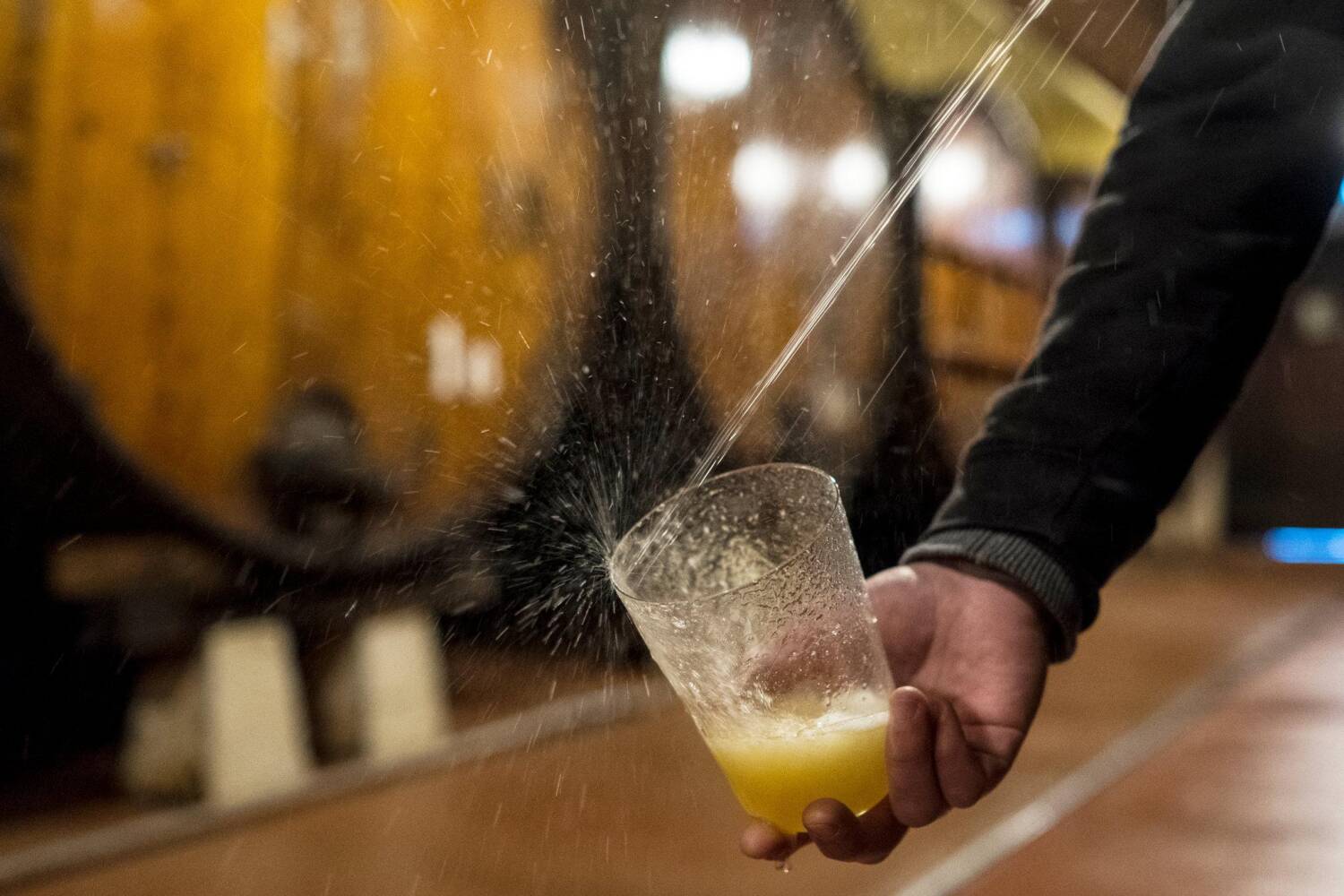This article was translated by John R. Bopp
The New York Times is once again dedicating an article to us, this time, in their Travel section, penned by Jason Wilson. As we always say, it’s hard not to feel good about this paper, which so often tells the reality of our country from its own unique perspective. Every time they write about us, in one of those articles that tells what the Basques are really like, thousands of people all over the world discover another aspect of our true reality.
This time, it was the turn of ciders and cider houses. Jason Wilson and his brother Tyler “immersed themselves” in this particular world, visiting several Gipuzkoan cider houses.
They tell us about the traditions of the cuisine, the txotx, the food, the ambiance … and the history of the importance of cider in the history of the Basques.
This won’t be the first time we get emails telling us that the Basques are “making up” their cider tradition, as there is no tradition here, and that what we’re trying to do is steal others’ thunder. We’ve always replied in the same way: Basque whalers, fishermen, and sailors have been drinking a lot of cider on their sea voyages for over five centuries, and that helped them sail vast distances without suffering from scurvy, and thereby, for a time, turn the North Atlantic into the “the sea of the Basques“.
This article also brings that up, and, we’ll admit, finding it their really made our day. To be honest, articles about cider are fairly common, but one really stands out. In it, a Basque from north of the Pyrenees explained to the Yorkshire Post who was visiting Astigarraga: “No. Not Spain, It’s Basque”.
Don’t miss this article, it’s worth it. By the way, the article is accompanied by magnificent photos by Daniel Rodrigues.
New York Times – 16/3/2018 – USA
In Spanish Basque Country, Sampling Cider and an Ancient Ritual
No one really tells you what to do when you first arrive at a sagardotegi, or traditional Basque cider house, especially if you don’t speak Basque. You’re simply given a glass, led to one of the long wooden tables in a vast room, and immediately served a plate of chorizo, followed by a cod omelet. It’s left up to you to figure out how to get a drink.
(Sigue)
Google Translator: this page of the New York Times does not permit Google’s automatic translation. You’ll have to copy and paste the text into the translator yourself.
Last Updated on Dec 20, 2020 by About Basque Country





























